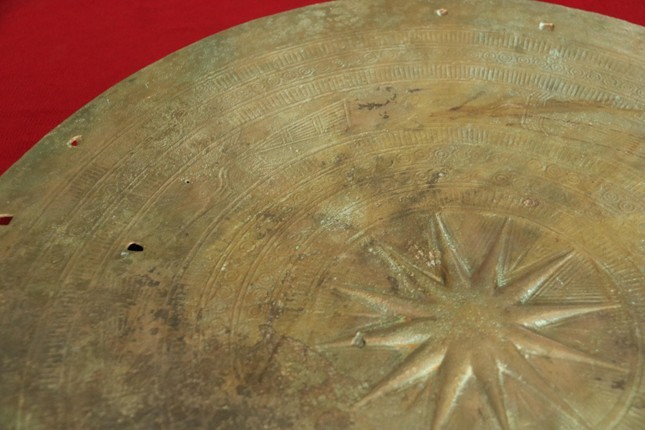Spanish Auction: The Nguyen Dynasty Artifact Sold For $693,000
The auction was held both online and on-site on Thursday. On the website of the Balclis auction house, the cap was simply described as "Vietnamese Mandarin cap from the Nguyen Dynasty, late 19th century-early 20th century."
It comes with a box in lacquered and gilded wood, and has "some flaws and defects," the website said.
The item was introduced on October 20 with an initial price of €500. The €600,000 price tag was reached after over 10 bidders tried to get their hands on the item. The final bidder is an anonymous online collector, according to VnExpress.
Tran Dinh Son, a researcher, said the cap belonged to a high-ranking mandarin, was well preserved and similar to artifacts on display in Hue, Ho Chi Minh City and Hanoi, meaning it was not all that rare. Before 1945, several families either buried the caps with the deceased mandarins or kept them for worship.
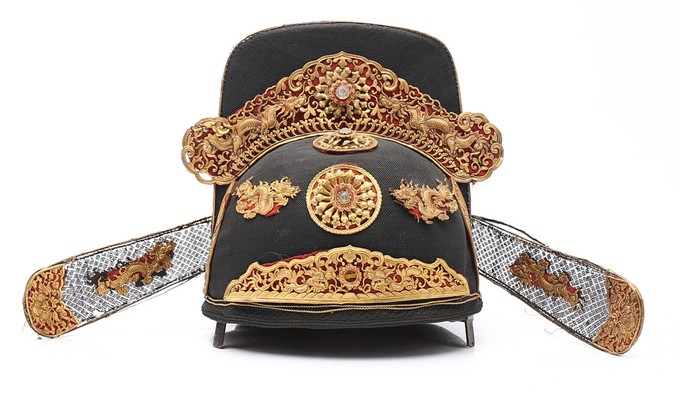 |
| A Vietnamese mandarin cap believed to be from the Nguyen Dynasty has sold for €600,000 ($693,243) at a Balclis auction in Spain. Photo courtesy of the Balclis auction house |
"I'm surprised to hear that the cap got a record-breaking price. In Vietnam, a similar item could be sold for around $10,000," he said, adding that it was a shame that the cap couldn't be traced back to its owner, as such information would increase its cultural value.
Historian Duong Trung Quoc said the fact that Vietnamese artifacts are highly sought overseas is a testament to Vietnam's culture and history. However, he said it also means that Vietnamese artifacts were "being lost" and found abroad, a problem that has not been addressed yet.
"Due to wars and natural disasters, many valuable artifacts fell into the hands of Western collectors, and those found inside Vietnam are few. I think the government should begin an investigation into artifacts in countries like the U.S., France and Spain, and try to claim them back either through diplomatic or legal means. Artifacts are not only of monetary value; more importantly, they hold cultural values," he said.
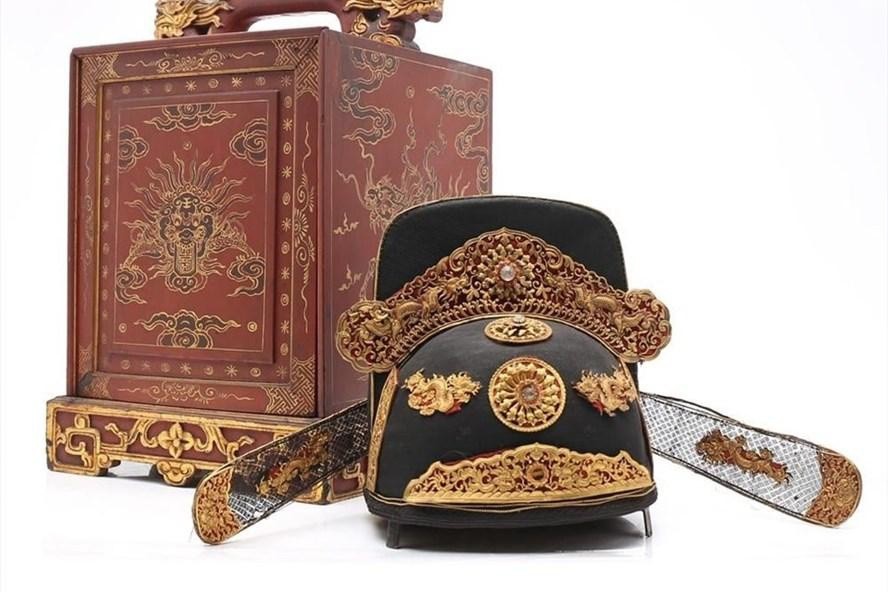 |
| Photo: INVALUABLE.COM |
The Nguyen Dynasty mandarin hat dating from the end of the 19th century and the beginning of the 20th century, accompanied by a wooden hat box painted with gilded paint, is also intact. According to researchers, restorers and traders of Nguyen Dynasty antiques in Vietnam, this is the most intact and most beautiful top quality official official hat they have ever seen. In Vietnam, in museums and houses of Nguyen Dynasty descendants, there are only hats from the main level of the third grade down and all are restored or damaged hats. However, the fact that this hat was auctioned at 1,000 times the starting price, from 600 euros to 600,000 euros is a price that stunned the world. For a long time, antiques of the Nguyen Dynasty are often bought and sold at very low prices. For example, this official hat, the "reasonable" price will be around 50,000 Euro. Thus, although Hue has skipped the auction of the Nguyen Dynasty mandarin hat, this precious antique is having the opportunity to be "repatriated" to Hue in accordance with the aspiration of Vietnamese people who love culture, fine arts and culture, relic.
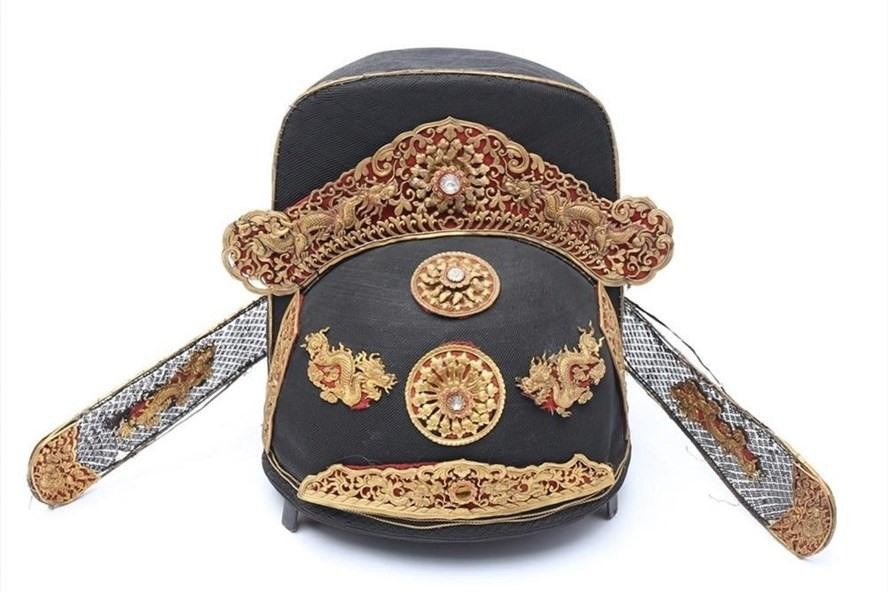 |
| Photo: INVALUABLE.COM |
History of The Nguyen Dynasty
Nguyen Dynasty, (1802–1945), the last Vietnamese dynasty, which was founded and dominated by the powerful Nguyen family. The Nguyen family emerged into prominence in the 16th century, when Vietnam was under the Le dynasty (see Later Le dynasty).
After Mac Dang Dung usurped the Vietnamese throne in 1527, Nguyen Kim fought to restore a Le emperor in 1533, leaving the Mac family in power in the northern section of the country. Members of the Nguyen family acted as mayors of the palace to the weak Le rulers, but by the mid-16th century this role passed to the Trinh family (q.v.), and Nguyen power became associated with the southernmost sections of the Vietnamese state. Long-standing rivalry between the Nguyen and the Trinh became open warfare in 1620, with hostilities continuing intermittently until 1673. By that date both families accepted a de facto division of the Vietnamese state.
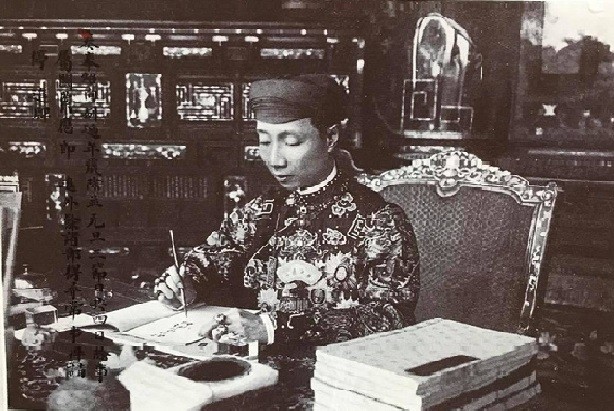 |
| A King of Nguyen dynasty at work. Photos the courtesy of the exhibition's organising board |
Although never accorded royal status by the Chinese, the Nguyen ruled over southern Vietnam in an essentially independent fashion. During the 17th and 18th centuries the Nguyen encouraged Vietnamese settlement into lands formerly occupied by the Chams and the Cambodians. Much of the settlement of Cham and Cambodian lands, however, was done by Chinese refugees fleeing the collapse of the Ming dynasty. The Chinese were actively courted by the Nguyen, who were in desperate need of manpower in order to resist the encroachment of their northern rivals, the Trinh, and to expand their territorial base southward. Cho-lon, Bien Hoa, and many other towns in the Mekong River delta and along the southern coast were founded at this time on the sites of Chinese emporia.
Nguyen power in southern Vietnam was challenged and nearly eclipsed by the revolt of the Tay Son brothers (q.v.) that broke out in 1771. A young prince, Nguyen Anh, survived to lead an eventual recovery of Nguyen territory and finally to become the emperor Gia Long (q.v.), who ruled over the whole of Vietnam from 1802 and was the founder of the Nguyen dynasty.
Modeling their administration after that of the Chinese Ch’ing dynasty (1644–1911), the Nguyen, particularly after Gia Long’s death in 1820, followed a conservative policy that opposed foreign missionary activity in Vietnam. The French, partly as a result of this antimissionary policy, invaded Vietnam in 1858, initially landing at Tourane (Da Nang), and then establishing a base at Saigon. They forced the emperor Tu Duc (q.v.), then facing revolts elsewhere, to cede the three eastern provinces of southern Vietnam, called Cochinchina (q.v.) by the French, to France in 1862. Five years later the French gained control of all Cochinchina. French control over the whole of Vietnam was established following invasions in 1883–85, and Vietnam’s ancient vassalage relationship with China was ended. The Nguyen dynasty was, however, retained in Hue with nominal control over central Vietnam, called Annam (q.v.) by the French, and over northern Vietnam, called Tonkin (q.v.). Cochinchina, in contrast, had the status of a colony. The French continued to dominate the throne until 1945, when the last emperor, Bao Dai (q.v.), abdicated, following the Vietnamese Nationalist forces’ proclamation of independence. Bao Dai served as chief of state from 1949 until he was deposed by Ngo Dinh Diem in a national referendum in 1955.
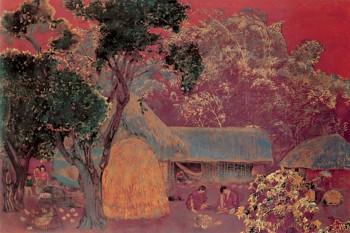 | Hong Kong Auction House Removes Allegedly Fake Vietnamese Painting from Upcoming Auction Sotheby's Hong Kong auction house has pulled allegedly fake Vietnamese painting from their upcoming auction. |
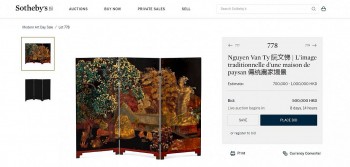 | Family of Late Vietnamese Painter Accusing Hong Kong Auction House of Selling Fake Painting Sotheby's Hong Kong auction house was accused of selling fake Vietnamese painting. |
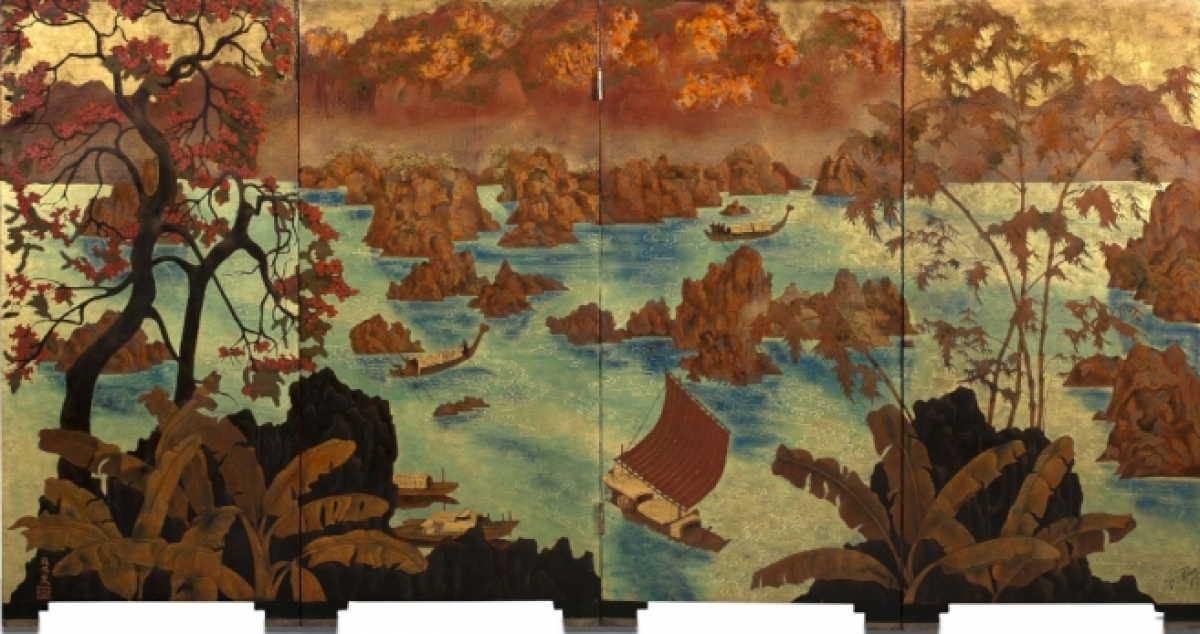 | Vietnamese's painting fetches US$ 1 million at French auction A lacquer painting by renowned Vietnamese painter Pham Hau was sold for 833,000 euros during an auction held by French auction house Aguttes |
Recommended
 Focus
Focus
Vietnam Leaves Imprints on the World Peacekeeping Map
 Viet's Home
Viet's Home
“Global Vietnamese Singing 2025” - Connecting Hearts Longing for Homeland
 Viet's Home
Viet's Home
Vietnam’s People's Public Security Force Actively Contributes to UN Peacekeeping Operations
 Viet's Home
Viet's Home
HAUFO Enhances Competence of People-to-People Diplomacy Personnel
 Viet's Home
Viet's Home
Hands that Reserve Da Long Brocade Craft
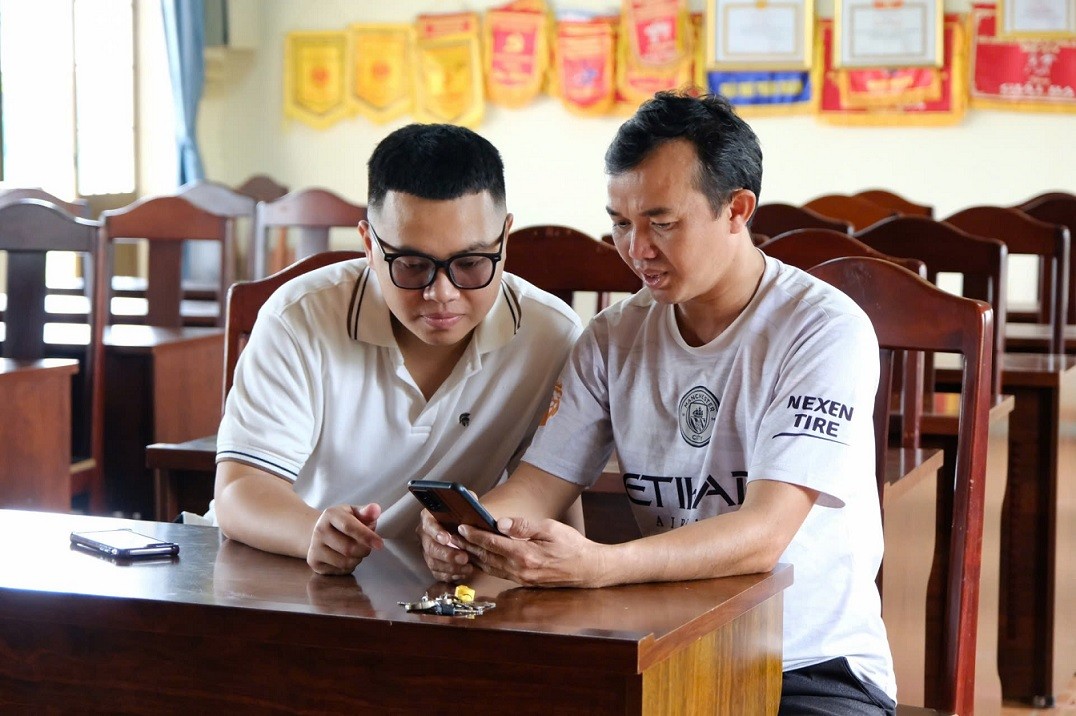 Viet's Home
Viet's Home
Da Rsal – How Digital Transformation Reshape a Poor Commune
 Viet's Home
Viet's Home
Vietnam Classified as “Low Risk” Under the EU Anti-Deforestation Regulation
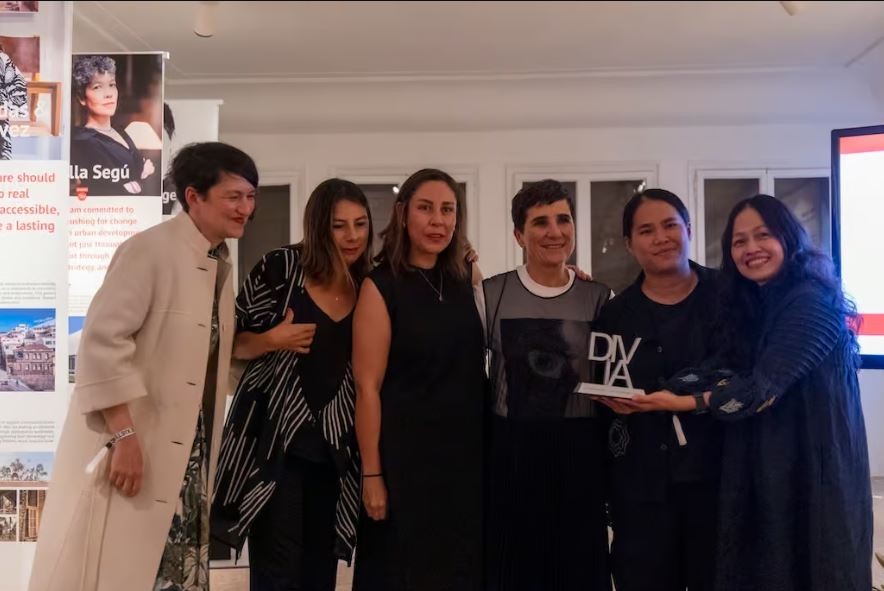 Viet's Home
Viet's Home


